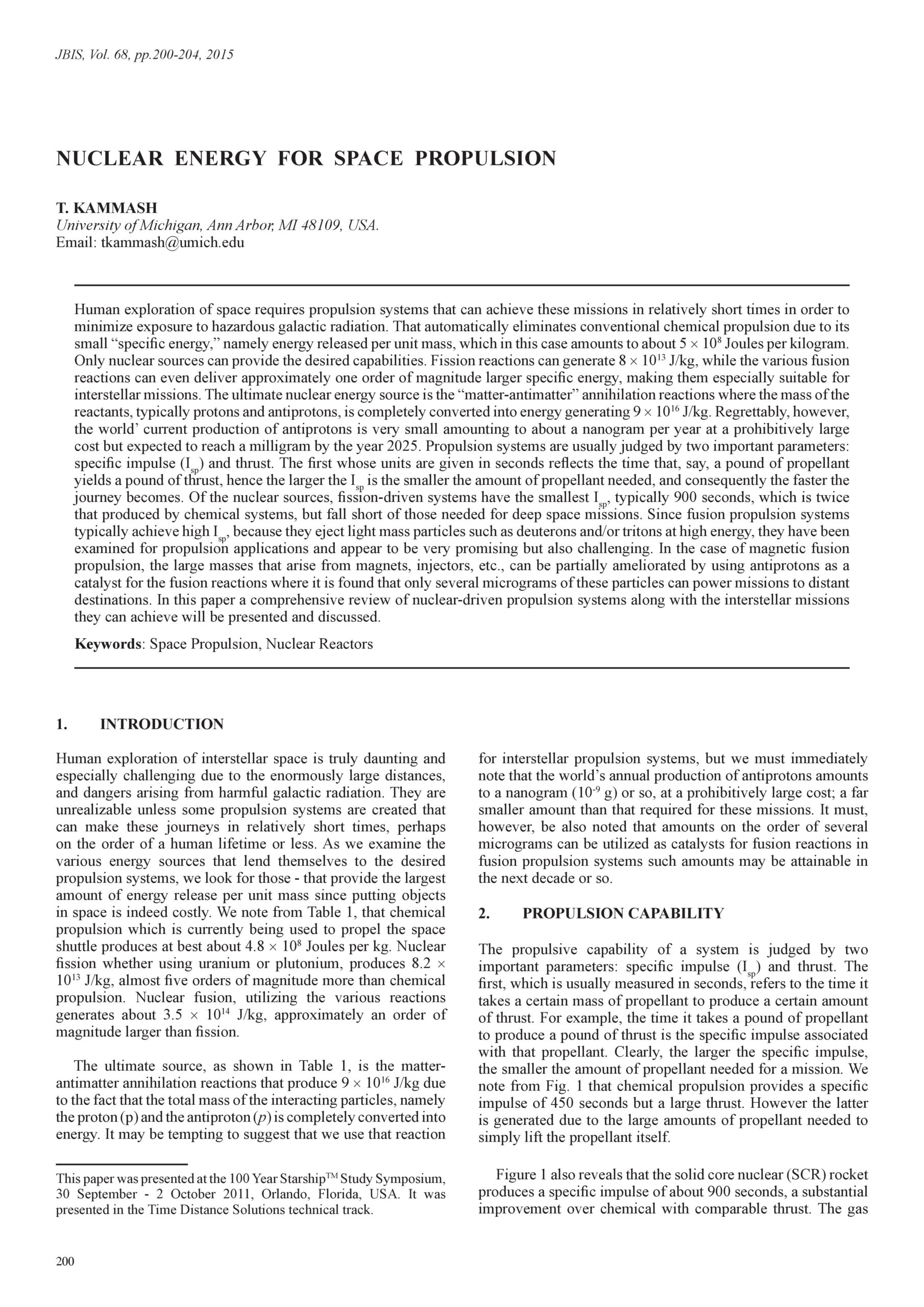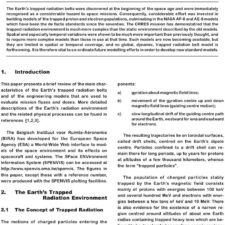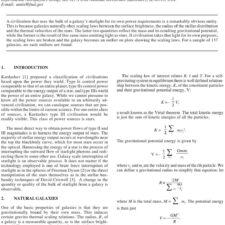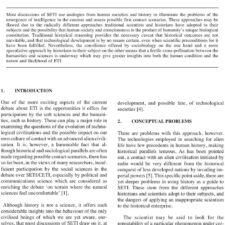Nuclear Energy for Space Propulsion
£5.00
T. Kammash (2015), JBIS, 68, pp.200-204
Refcode: 2015.68.200
Abstract:
Human exploration of space requires propulsion systems that can achieve these missions in relatively short times in order to minimize exposure to hazardous galactic radiation. That automatically eliminates conventional chemical propulsion due to its small “specific energy,” namely energy released per unit mass, which in this case amounts to about 5 × 108 Joules per kilogram. Only nuclear sources can provide the desired capabilities. Fission reactions can generate 8 × 1013 J/kg, while the various fusion reactions can even deliver approximately one order of magnitude larger specific energy, making them especially suitable for interstellar missions. The ultimate nuclear energy source is the “matter-antimatter” annihilation reactions where the mass of the reactants, typically protons and antiprotons, is completely converted into energy generating 9 × 1016 J/kg. Regrettably, however, the world’ current production of antiprotons is very small amounting to about a nanogram per year at a prohibitively large
cost but expected to reach a milligram by the year 2025. Propulsion systems are usually judged by two important parameters: specific impulse (Isp) and thrust. The first whose units are given in seconds reflects the time that, say, a pound of propellant yields a pound of thrust, hence the larger the Isp is the smaller the amount of propellant needed, and consequently the faster the
journey becomes. Of the nuclear sources, fission-driven systems have the smallest Isp, typically 900 seconds, which is twice that produced by chemical systems, but fall short of those needed for deep space missions. Since fusion propulsion systems typically achieve high Isp, because they eject light mass particles such as deuterons and/or tritons at high energy, they have been examined for propulsion applications and appear to be very promising but also challenging. In the case of magnetic fusion propulsion, the large masses that arise from magnets, injectors, etc., can be partially ameliorated by using antiprotons as a catalyst for the fusion reactions where it is found that only several micrograms of these particles can power missions to distant destinations. In this paper a comprehensive review of nuclear-driven propulsion systems along with the interstellar missions they can achieve will be presented and discussed.





